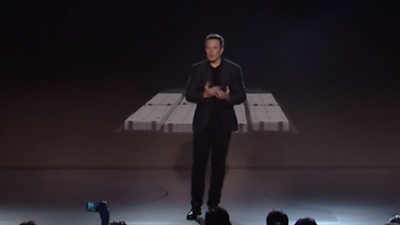So I got these numbers from Model 3's Wikipedia page and drew these measurements for the Model 3, also I created a table where we can compare the external dimensions of several Sedans both mid-size and big ones to Model 3 including the wheelbase, if interested you can view the table here: Tesla Model 3 Exterior Dimensions Comparison - Data & Analysis
Model 3's long wheelbase and more width will actually enable it for a battery bigger than 75 kWh?
Please Let me know your thoughts !




